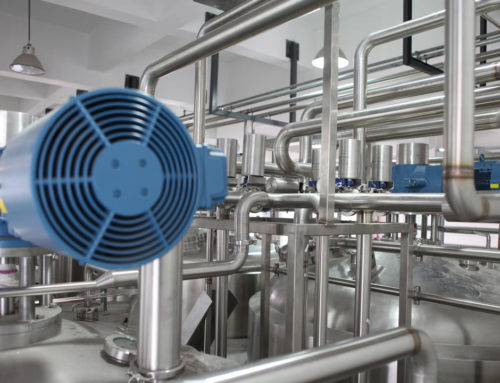Retrofitting Old Commercial Bathrooms with Modern Plumbing Systems

Retrofitting old commercial bathrooms with modern plumbing systems is a strategic investment that can enhance functionality, improve efficiency, and elevate the overall experience for users. Older plumbing systems in commercial buildings may be prone to inefficiencies, increased maintenance costs, and may not meet current water conservation standards. Retrofitting involves upgrading various components of the plumbing system to align with modern standards and technologies. Here’s a comprehensive look at why and how to retrofit old commercial bathrooms with modern plumbing systems:
Why Retrofit Old Commercial Bathrooms?
- Improved Efficiency: Modern plumbing systems are designed to be more efficient, using less water and energy while maintaining optimal performance. Upgrading to water-saving fixtures such as low-flow toilets, faucets, and urinals can significantly reduce water consumption and utility costs.
- Enhanced User Experience: Updated plumbing systems contribute to a better user experience by providing reliable water pressure, temperature control, and efficient drainage. This is particularly important in commercial settings where user satisfaction and comfort are priorities.
- Compliance with Regulations: Retrofitting ensures compliance with current building codes and regulations related to water efficiency and accessibility standards. Adhering to these standards not only avoids potential fines but also future-proofs the facility against regulatory changes.
- Reduced Maintenance Costs: New plumbing systems require less maintenance compared to older systems prone to leaks, clogs, and other issues. By reducing the frequency of repairs and replacements, retrofitting can lower overall maintenance expenses over time.
- Environmental Sustainability: Retrofitting promotes environmental sustainability by conserving water resources and reducing carbon footprints associated with energy-intensive plumbing operations. This aligns with corporate social responsibility goals and enhances the building’s eco-friendly profile.
Steps to Retrofit Old Commercial Bathrooms
1. Assessment and Planning
Begin by conducting a thorough assessment of the existing plumbing system and bathroom layout. Identify outdated components, potential inefficiencies, and areas where improvements can be made. Consider factors such as water usage patterns, accessibility requirements, and budget constraints.
2. Upgrade Water-Saving Fixtures
Replace old toilets, faucets, showerheads, and urinals with modern, water-efficient models. Look for fixtures certified by programs like WaterSense, which ensure they meet rigorous efficiency and performance standards. Low-flow fixtures can reduce water usage by up to 30% or more without sacrificing performance.
3. Install Sensor-Activated Fixtures
Upgrade to sensor-activated faucets, soap dispensers, and flush valves to promote hygiene and water conservation. These fixtures minimize water waste by automatically shutting off when not in use, reducing the risk of leaks and overuse.
4. Retrofit with High-Efficiency Water Heaters
Consider replacing old water heaters with high-efficiency models that use less energy to heat water. Tankless water heaters, for example, provide hot water on demand and eliminate standby energy losses associated with traditional tank-style heaters.
5. Address Drainage and Ventilation Systems
Evaluate and upgrade drainage and ventilation systems to ensure efficient wastewater removal and proper air circulation. Improving ventilation can prevent moisture buildup, mold growth, and unpleasant odors in commercial bathrooms.
6. Accessibility and Safety Considerations
Ensure the retrofitting project complies with accessibility standards such as the Americans with Disabilities Act (ADA). Install ADA-compliant fixtures, grab bars, and accessible sinks to accommodate users with disabilities and improve overall safety.
7. Professional Installation and Testing
Hire licensed plumbers experienced in commercial plumbing to oversee the installation and testing of new fixtures and systems. Proper installation ensures optimal performance, longevity, and compliance with building codes.
8. Educate Users and Maintenance Staff
Provide training to building occupants and maintenance staff on how to use and maintain the new plumbing fixtures effectively. Educate users on water-saving practices and the importance of reporting leaks or issues promptly to prevent water waste and minimize repair costs.
Conclusion
Retrofitting old commercial bathrooms with modern plumbing systems offers numerous benefits, including improved efficiency, enhanced user experience, compliance with regulations, reduced maintenance costs, and environmental sustainability. By investing in water-saving fixtures, high-efficiency water heaters, and sensor-activated technologies, businesses can upgrade their facilities to meet current standards and ensure long-term operational excellence. Consult with plumbing professionals and develop a comprehensive retrofitting plan tailored to the specific needs and goals of your commercial establishment. Implementing these upgrades not only enhances facility performance but also supports a greener, more sustainable future.



